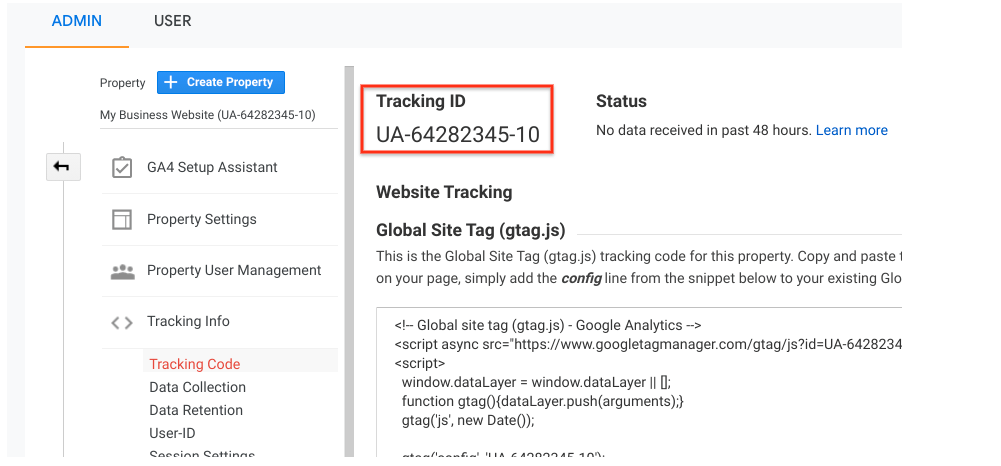Comprehending the Guidelines: What Data Does Google Analytics Prohibit Collecting?
Comprehending the Guidelines: What Data Does Google Analytics Prohibit Collecting?
Blog Article
Mastering the Art of Overcoming Information Collection Limitations in Google Analytics for Better Decision-Making
In the world of digital analytics, the capacity to remove purposeful understandings from data is paramount for informed decision-making. By employing tactical approaches and innovative techniques, organizations can boost their information top quality, unlock concealed insights, and pave the means for more enlightened and effective decisions.
Data Top Quality Analysis
Data top quality analysis includes reviewing different facets such as accuracy, completeness, uniformity, and timeliness of the information. One key element to think about is data precision, which refers to how well the data mirrors the true values of the metrics being measured.
Completeness of data is one more important factor in analyzing information high quality. It entails making certain that all essential data factors are accumulated which there are no spaces in the details. Incomplete information can alter evaluation results and impede the ability to obtain a comprehensive view of customer behavior or website efficiency. Consistency checks are likewise crucial in data high quality evaluation to determine any discrepancies or abnormalities within the data collection. Timeliness is similarly essential, as out-of-date information may no more matter for decision-making processes. By prioritizing data high quality evaluation in Google Analytics, services can improve the reliability of their analytics reports and make more educated decisions based on precise insights.
Advanced Monitoring Strategies
Utilizing advanced tracking methods in Google Analytics can dramatically improve the depth and granularity of data collected for more thorough evaluation and insights. One such method is occasion tracking, which allows for the surveillance of certain interactions on a website, like clicks on buttons, downloads of documents, or video views. By executing occasion tracking, companies can gain a much deeper understanding of customer behavior and involvement with their online content.
In addition, customized measurements and metrics offer a method to tailor Google Analytics to particular organization requirements. Custom-made dimensions enable the creation of new information factors, such as user functions or client sectors, while personalized metrics make it possible for the monitoring of distinct performance signs, like income per customer or average order worth.
Additionally, the application of Google Tag Supervisor can simplify the execution of tracking codes and tags throughout a web site, making it easier to take care of and release advanced tracking arrangements. By taking advantage of these innovative monitoring methods, services can unlock important understandings and maximize their online strategies for better decision-making.
Personalized Dimension Application
To boost the depth of information gathered in Google Analytics beyond advanced monitoring methods like occasion monitoring, companies can execute custom measurements for even more tailored understandings. Custom-made measurements allow services to define and gather certain information points that pertain to their distinct goals and objectives (What Data Does Google Analytics Prohibit Collecting?). By designating personalized measurements to different components on a website, such as individual interactions, demographics, or session information, businesses can acquire an extra granular understanding of how customers involve with their on-line buildings

Acknowledgment Modeling Methods
Effective attribution modeling is vital for comprehending the impact of numerous advertising channels on conversion courses. By employing the right attribution design, companies can properly associate conversions to the suitable touchpoints along the customer trip. One typical attribution version is the Last Communication model, which offers credit scores for a conversion to the last touchpoint an individual connected with before converting. While this version is straightforward and very easy to execute, it usually oversimplifies the client trip, ignoring the impact of various other touchpoints that added to their website the conversion.

Data Testing Evasion
When taking care of huge volumes of information in Google Analytics, getting over data sampling is important to ensure precise insights are acquired for informed decision-making. Data tasting happens when Google Analytics approximates patterns in information instead of assessing the total dataset, possibly bring about manipulated results. To prevent data sampling, one efficient method is to decrease the day array being examined. By concentrating on shorter timespan, the possibility of encountering tested data decreases, giving a more specific depiction of customer behavior. Furthermore, utilizing Google Analytics 360, the costs variation of the platform, can help reduce tasting as it allows for higher information thresholds before sampling starts. Executing filters to limit the information being examined can likewise aid in staying clear of sampling concerns. By taking these proactive actions to reduce information tasting, organizations can remove a lot more exact understandings from Google Analytics, leading to better decision-making and boosted general performance.
Final Thought
Finally, grasping the art of conquering information collection constraints in Google Analytics is critical for making informed decisions. By carrying out a thorough data high quality analysis, applying advanced monitoring strategies, utilizing custom measurements, using attribution his explanation modeling strategies, and staying clear of data sampling, services can guarantee that they have precise and trusted data to base their decisions on. This will inevitably bring about much more efficient methods and better end results for the organization.

Report this page